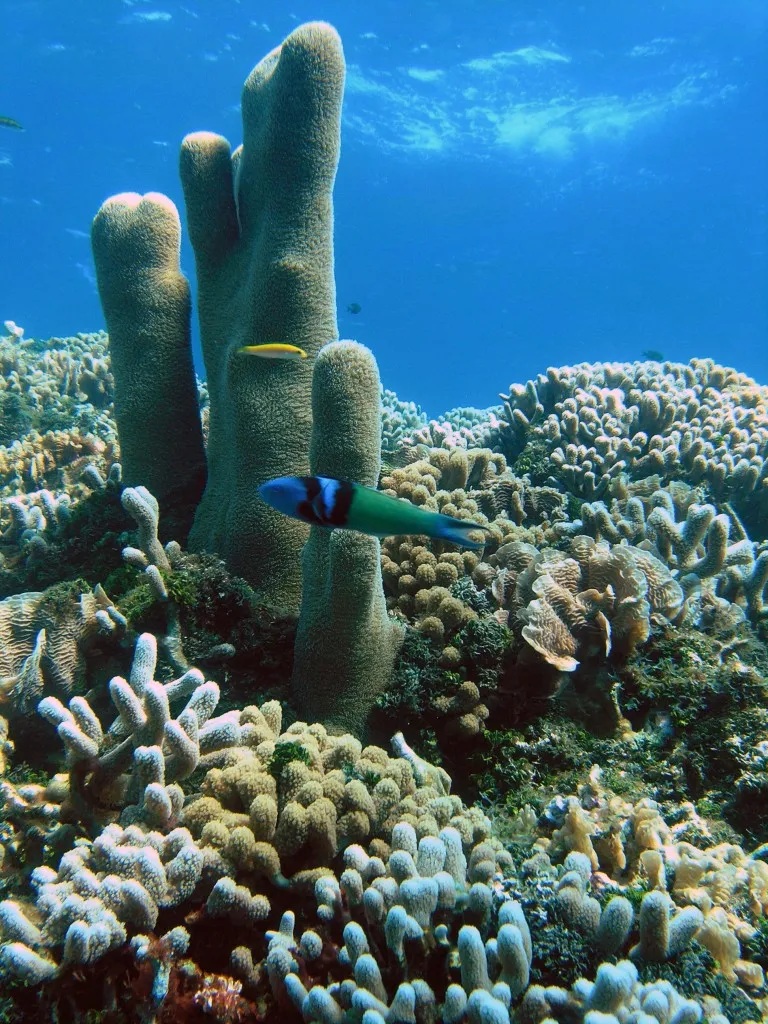
Search
Mesoamerican coral reef is on the mend

by Michelle Z. Donahue
After over a decade of work to enact protections for coral reefs in Central America, the efforts are paying off: a health assessment released in January reports the Mesoamerican Reef (MAR) is now at “fair,” improved from a “poor” rating 10 years ago.
In its 2018 Mesoamerican Reef Report Card, the Smithsonian-led Healthy Reefs for Healthy People Initiative (HRI) reports that the reef as a whole improved to a 2.8 from its 2006 rating of 2.3, on a scale from critical (1) to very good (5). The improvements are linked to improved fisheries protections in the 47 marine protected areas of Honduras, Guatemala, Mexico and Belize, the four national custodians of this international treasure.
A team of scientists and reef managers from 69 local, national and international conservation, research and government groups measured four indicators of reef health at 319 sites along 620 miles of reef. Among these were 104 sites from the 2006 survey, providing valuable long-term comparison points along the reef. The good news: the cover of living coral increased, despite several coral bleaching events over the last decade. Biomass of herbivorous fish like parrotfish and surgeonfish also increased.
But biomass of commercial fish like snapper and grouper showed little change in most areas, and actually declined in many of the repeat survey sites, many of which are mostly located outside of protected areas. However, biomass within fully protected areas doubled, a demonstration of their effectiveness as a tool for restoring fish populations.
Alarmingly, fleshy macroalgae cover also doubled. Like kudzu, these types of algae can quickly overgrow and smother living coral in the absence of herbivorous grazers like parrotfish, which keep algae at bay by browsing it. That points to the need for even greater protections for herbivorous species, one recommendation the report’s authors made as a result of the health survey.
“As humans, we know we need to keep our cholesterol and blood pressure in the right zone to be 'healthy.' Reefs are similar,” said Melanie McField, a Smithsonian marine biologist, and HRI’s founder and director. “We are learning the best health indicators and target ranges for reefs, while exploring ways to help shift reefs back into the healthy zone. We’re reef doctors, looking for ways to diagnose and cure the reef's health issues.”
One key strategy is to increase the number of “replenishment zones” across the MAR. These areas where fishing is completely off-limits give important species much needed refuges for breeding and spawning.